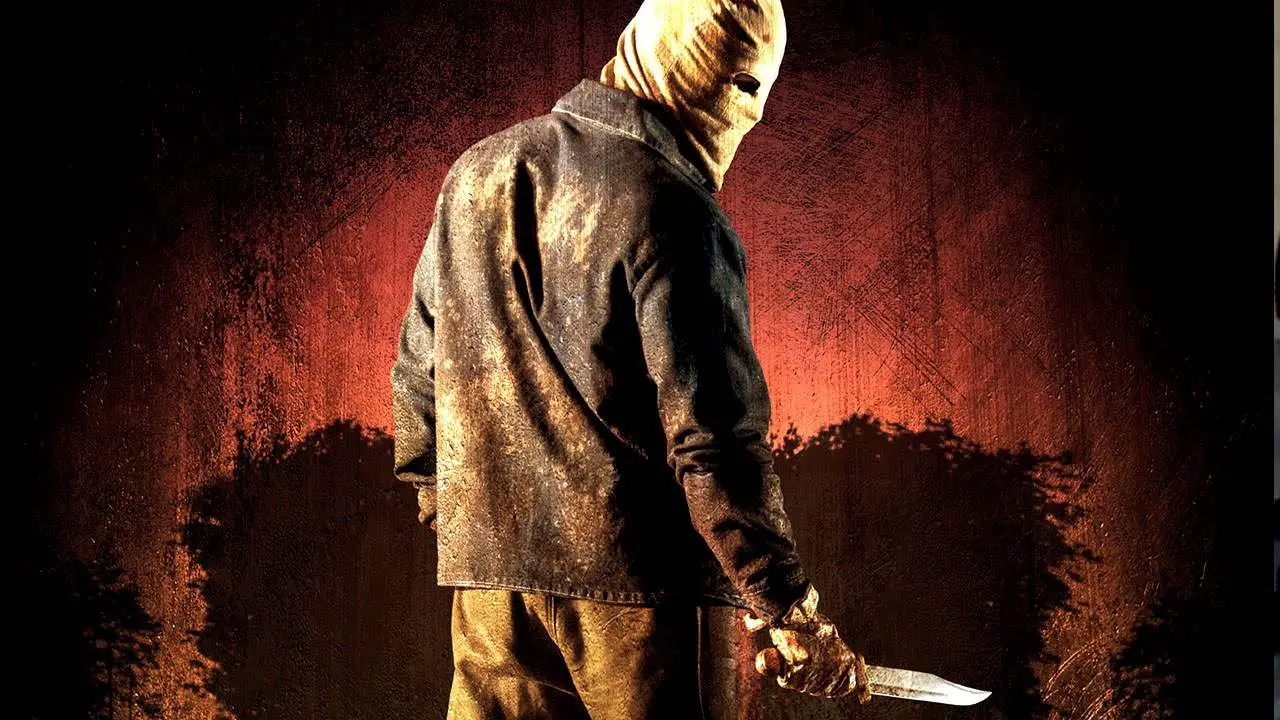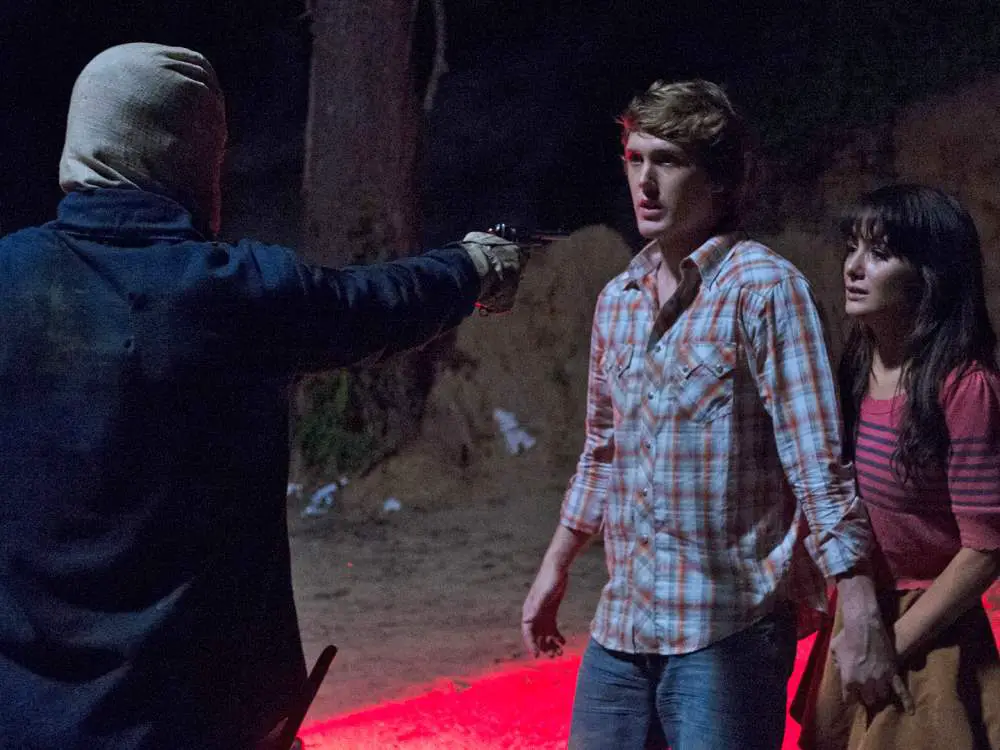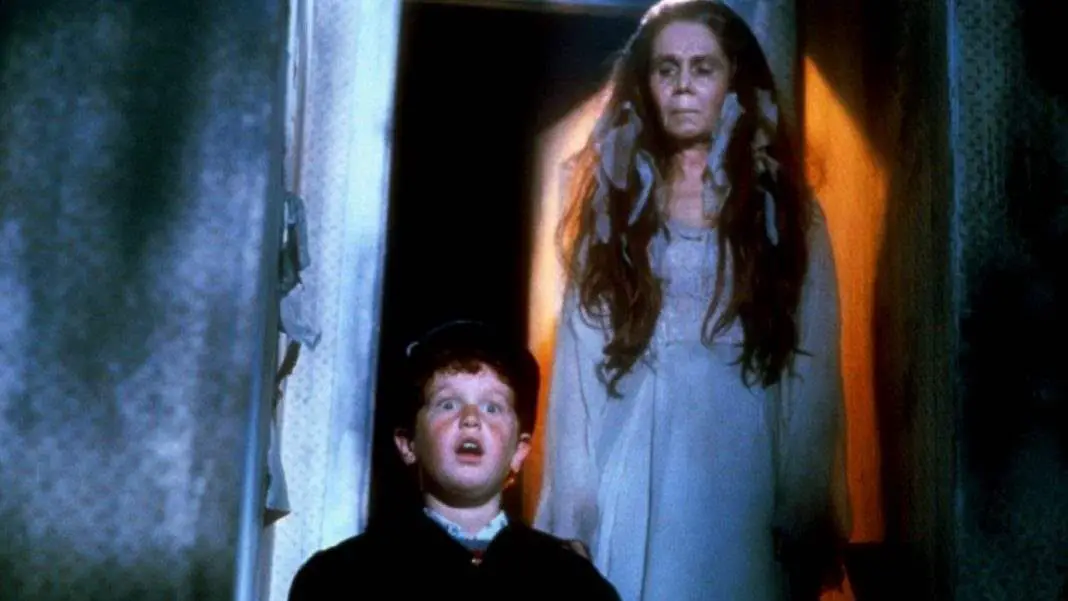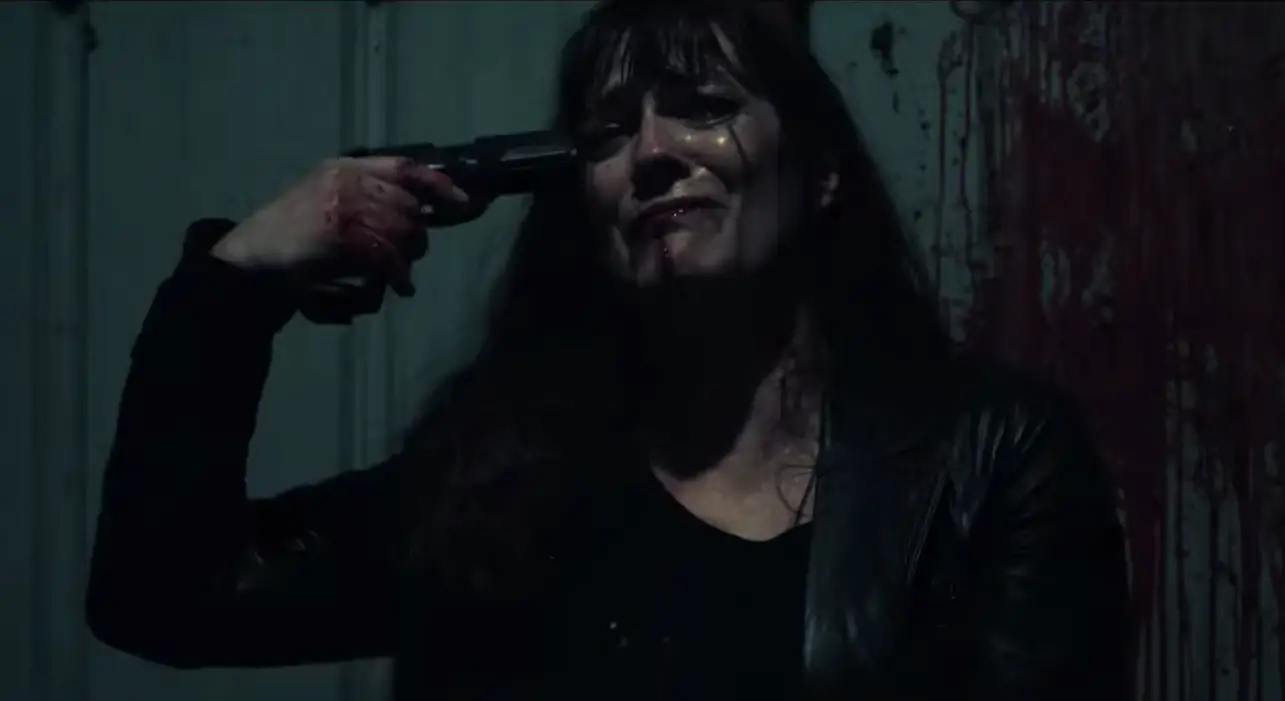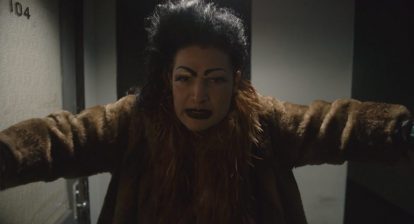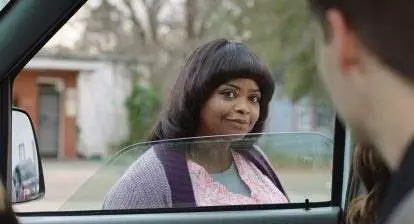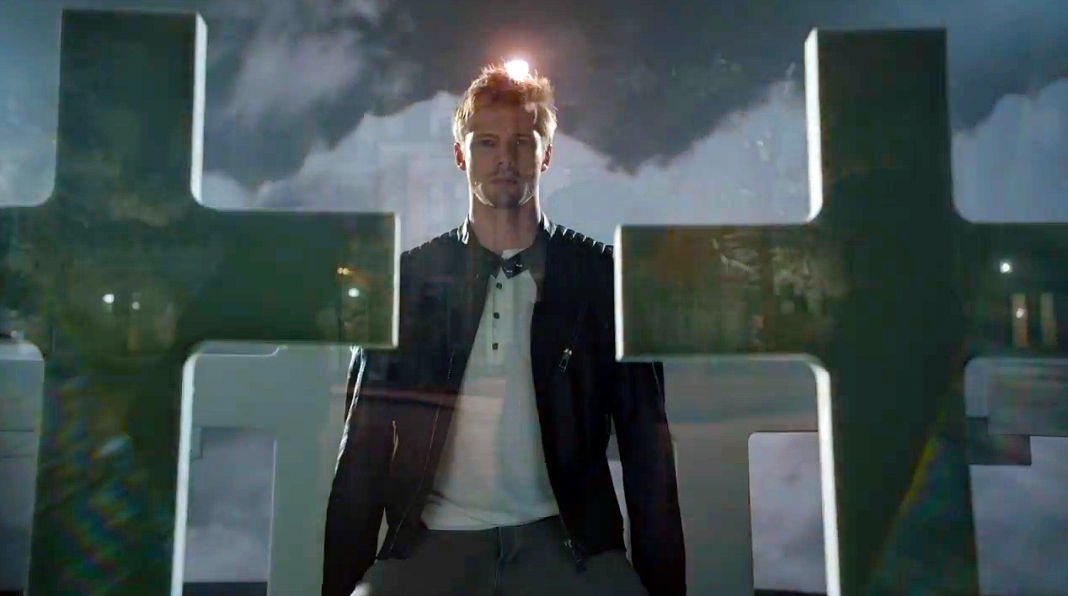Over the past fifteen years or so, certain, key trends have emerged in horror. In particular, found footage, paranormal themed fare, torture cinema and remakes have made a significant mark on the multiplex crowd and, by extension, the box office. Of these, remakes get some of the most vocal criticism from genre purists, because classic horror movies are seen as being sacrosanct. To horror fanatics, these aren’t just random films, plucked from obscurity by studio bigwigs keen to make a quick buck–they’re our films. They’re the movies we discovered late at night on Channel 4, when we should’ve been safely tucked up in our beds, the films we continue to drool over long into our adult years and for which we will fork over full, cinema ticket prices just to enjoy on the big screen, and purchase multiple times on the highest quality Blu-ray discs to obsess over at home.
Much of the flak aimed at horror remakes is deserved because, for the most part, these attempts to recapture the magic of a masterpiece vary from being wildly unaccomplished (Friday The 13th) to downright offensive (A Nightmare On Elm Street). But, every now and then, a diamond emerges from the rubble and we’re offered a sliver of hope that maybe these flicks could be updated for a modern audience, that they could be equalled or, dare I say it, even bettered. Obviously, Carpenter’s classic The Thing or Cronenberg’s masterful The Fly are remakes so we know that, in the right hands, it can be done. But, in modern terms, there are far more examples of quick-buck, multiplex-baiting fodder than genuine attempts to put a new spin on an old story. Franck Khalfoun‘s gorgeous Maniac is one such example; a lurid, shocking and beautifully-shot take on William Lustig’s beloved slasher that surpassed the source material, while simultaneously alerting a whole new audience to its existence.
Much like Maniac, The Town That Dreaded Sundown–yet another slasher claiming to be rooted in real life, of which the majority of the current generation of moviegoers will be blissfully unaware–seems like an odd choice for a remake. Unlike, say, Halloween, A Nightmare On Elm Street, Friday The 13th, et al, it doesn’t have a rabid, in-built fan-base that is guaranteed to fork out money for it, or even any real brand recognition. The so-called Phantom Killer, although referenced in the media of the intervening years, isn’t exactly Jason Voorhees or Michael Myers. Produced by Blumhouse (of course), the film received a modest release in the US and the UK, after making its mark at Fantastic Fest and Toronto After Dark, among others. The reviews, thus far, have been lukewarm, with many critics acknowledging its competence above all else. It’s a shame it hasn’t made more of an impact because The Town That Dreaded Sundown is one of the most accomplished and effective modern remakes–not least because it doesn’t even consider itself a remake but rather a “meta-sequel” (whatever the hell that is).
Constantly referencing both the real-life murders that inspired the original film, and the film itself, this descriptor conjures up Scream levels of referential humor and sly, knowing asides, but thankfully The Town That Dreaded Sundown is played refreshingly straight, the dark tone established immediately with a creepy introduction that is directly juxtaposed to its jaunty, 1976 counterpart. The threat is constant and the kills vicious and gory, with a veil of darkness hanging over everything and a literal dark sky constantly threatening rain. There are nods, for those of us who are fans of the original film, but the most meta element is that the 1976 movie has become a thing in its own right, in the real-life town of Texarkana, much like Scream 4‘s Stabathon (and it’s held at a drive-in, for good measure). Craven’s fantastic reboot/sequel/remake is also referenced in the defacement of a statue, with the word “remember” scrawled across it, recalling the hanging of Ghostface masks in the Woodsboro town square, but it’s here that the on-the-nose similarities end (although Anthony Anderson, a cop in that film, is a member of the police force here, too–but he doesn’t get stabbed in the head this time).This is a serious subject and the filmmakers, along with the killer himself, are keenly aware of that fact. Aside from throwaway lines about “every damn house out here” being a farmhouse, the usual slasher tropes are confronted and quickly tossed aside (cellphones actually work, the Final Girl is encouraged to leave town and agrees to do so, etc., etc). The 2014 Phantom’s motivation is soon revealed to be justice for one of The 1976 Phantom’s forgotten victims, which, in the grand tradition of reasoning behind killing sprees, isn’t exactly the craziest. Considering the Lover’s Lane angle, the Zodiac killer is also a reference point, with Fincher’s esteemed Zodiac possibly also an inspiration considering how certain sequences play out. However, the most important thing is that the story has been reborn for a modern audience, with key kills updated, as opposed to just replicated, including a mid-blowjob shooting and the infamous trombone murder which, here, takes place in a junk-yard and is stylistically brilliant, while the gore is fierce and splattery, but sparsely used and totally effective.
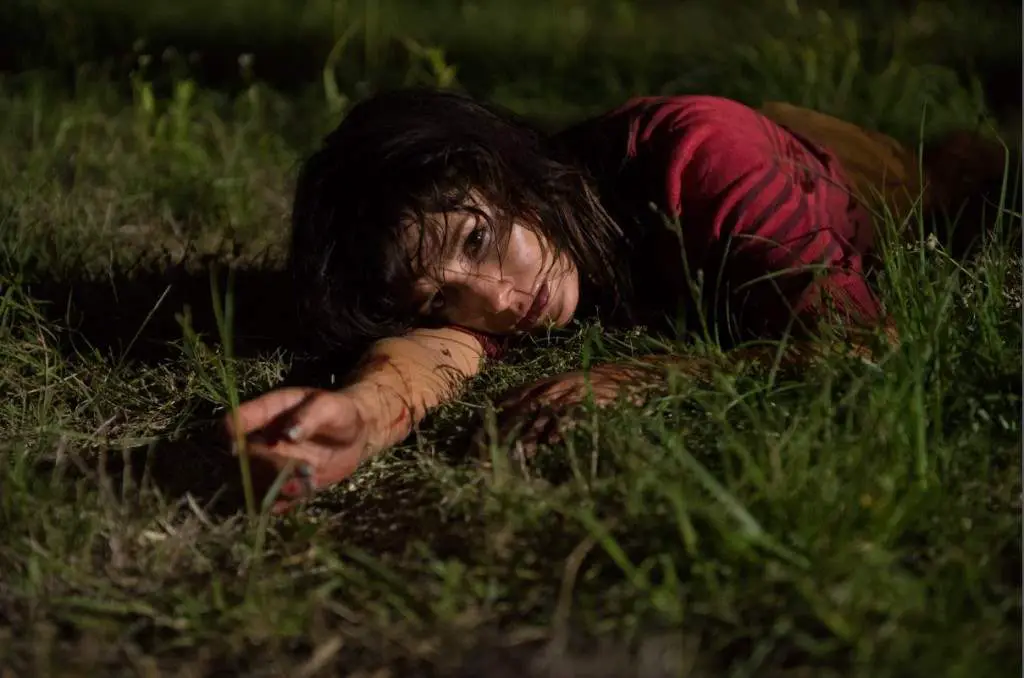 The acting is universally great, and from relative unknowns including Final Girl Addison Timlin who is not only resourceful, strong and incredibly brave but reacts like a normal human being would. Alfonso Gomez-Rejon, who helmed several episodes of American Horror Story, puts the stylistic flourishes of that show on display here as director, especially in a well-used example of split-screen. He also recruits show favorite Denis O’Hare for a brief, but striking, cameo as the embittered son of the original film’s director, Charles B. Pierce. Michael Goi (another AHS alumnus) bathes everything in deep reds and brooding greys, ensuring the frame is constantly being searched for clues. The first kill is a remarkable sequence, playing with shadows and silhouetting the Phantom perfectly. He’s introduced first in the corner of the frame, tracking our gaze over before the characters spot him. Later, during a brutal motel murder, he’s again bathed in red, the symbolism clearly being that the town of Texarkana is awash in blood whether it likes it or not.
The acting is universally great, and from relative unknowns including Final Girl Addison Timlin who is not only resourceful, strong and incredibly brave but reacts like a normal human being would. Alfonso Gomez-Rejon, who helmed several episodes of American Horror Story, puts the stylistic flourishes of that show on display here as director, especially in a well-used example of split-screen. He also recruits show favorite Denis O’Hare for a brief, but striking, cameo as the embittered son of the original film’s director, Charles B. Pierce. Michael Goi (another AHS alumnus) bathes everything in deep reds and brooding greys, ensuring the frame is constantly being searched for clues. The first kill is a remarkable sequence, playing with shadows and silhouetting the Phantom perfectly. He’s introduced first in the corner of the frame, tracking our gaze over before the characters spot him. Later, during a brutal motel murder, he’s again bathed in red, the symbolism clearly being that the town of Texarkana is awash in blood whether it likes it or not.
The sky remains consistently dark throughout, a storm brewing in the background while creepy little touches such as street-lights flickering on and off ensure we know that nobody is ever really safe. The final shot leaves the story wide open, which is fitting considering the ending to the original film, and the fact that, to this day, nobody has ever been charged in real life. Somewhat shockingly, the script was penned by Roberto Aguirre-Sacasa, who is also responsible for that of the much-maligned Carrie remake. Considering he didn’t seem to have any clue how to populate a horror movie there, it’s refreshing to see the quality of his writing shine through in The Town That Dreaded Sundown. The young people are written young, but not txt spk young, while the old folks are set in their ways but not yokels, either. There are also some nice nods to the technology of our time, including an email sent by the Phantom to the Final Girl. At first, it seems like a stupid addition, but considering the plethora of found footage flicks predicated on a supposedly widespread fear of the Internet, it makes a weird sort of sense.
Although it might seem like an odd choice for a remake, The Town That Dreaded Sundown is the definition of a modern retelling; slick, well-shot, tightly-edited and remarkably atmospheric. Shots are updated, not just replicated. The body count is higher but the gore isn’t over-the-top. There’s a Final Girl we can root for, and yet whose safety is never guaranteed. The threat is constant, and the atmosphere dripping with dark intent. The script is snappy and clever, but not eye-rollingly self-referential. The final twist, although somewhat far-fetched, is still shocking and clever enough to leave a mark. The source material is referenced and treated with respect but this still feels like its own film, which is the perfect balance for a reboot to strike. All things considered, The Town That Dreaded Sundown does exactly what a remake should do; it alerts the viewer to the original movie while still making a case for its own existence. Considering the majority of people who catch it won’t have any prior idea of what the hell it’s referencing, this is no mean feat. And, if this is the state of horror remakes to come, then we, as horror fanatics, are in for a real treat.
